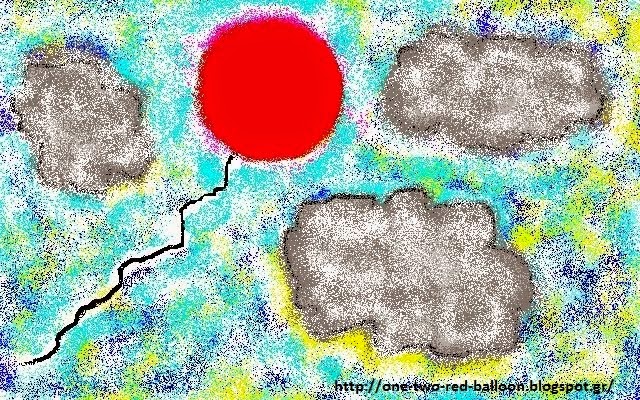I'm
a musician,
I
play the piano,
I
play the violin
and
the guitar too!
I'm
a musician,
I
play the trumpet,
I
play the flute
and
the drums too!
Music,
music, I play music! (x2)
Stage 1 –
Brief Revision
Revise
the previous lesson briefly following the procedure of Lesson 3 Stage
1 (here revise Happy
Birthday,
(birthday)
cake,
to
blow out candles,
to
open presents,
to
make a wish,
party,
to
dance)
Stage
2 – Vocabulary
focus i) MUSICAL
INSTRUMENTS: piano, violin,
guitar, trumpet, flute, drum ii) PROFESSIONS:
musician iii) VERBS:
to play
Prepare
flashcards and finger puppets at home that depict musical instruments
piano,
violin,
guitar,
trumpet,
flute,
drum.
Present the flashcards to Ss, use L1 and ask them: “What can you
see in the pictures?”, “Can you play any musical instruments?”,
“What is your favourite musical instrument?”, “What musical
instruments are there in our classroom?”. The last question will
give you the chance to revise the percussion instruments Ss can play
(maracas, tambourine, sticks, jingle stick, scraper, bells etc).
Present and drill vocabulary items concerning musical instruments in
English by using the flashcards and / or rhythmical clapping [
pia-no, gui-tar, trum-pet (clap two quarter notes, ta ta), flute, drum (clap
one half note, ta-ah), vi-o-lin (clap three quarter notes, ta ta ta) ]. Make a
recording of the sounds of these musical instruments or find one on
the Web and play it in the classroom. Ask Ss to recognise the sounds
of each musical instrument and label it in English e.g. Ss listen to
a piano piece and shout “piano”. Ask Ss if they know how we call
somebody that plays music professionally. Ss answer in L1 and then,
you present them with the flashcard depicting a musician. Present and
drill the word musician
by using the flashcard and rhythmical clapping [ mu-si-cian (clap
three quarter notes, ta ta ta)]. Next,
tell Ss that they will learn a song about the musical instruments a
musician can play. Play the song on the piano. Ask Ss to i) stand up
and move to the rhythm of the music as if they played the musical
instruments mentioned in the song ii) raise the correct flashcard or
finger puppet of the musical instrument which is heard in the song
iii) sing the song focusing on the words piano,
violin,
guitar,
trumpet,
flute,
drums.
In other words, you can pause before some words and wait for the Ss
to say the word missing e.g. You play “I'm a musician, I play
the______”, you pause and show Ss the piano flashcard. Ss shout
“piano”
and
you continue with the following sentence of the song in the same way
iv) clap their hands (4
quarter notes per measure, ta ta ta ta)
Stage
3 – Incorporating percussion instruments into our activities &
practising rhythmical patterns
Divide
the class into groups and give them the percussion instruments they
are going to use in this song (Always give instructions by following
the procedure of Lesson 1 Stage 3). Group A beats 2 half notes per
measure using their bells (ta-ah ta-ah), Group B beats 4 quarter notes per measure
using their jingle sticks (ta ta ta ta) and Group C beats “1 quarter note, 2
eighth notes, 1 half note” per measure using their sticks (ta ti-ti ta-ah). Practice
separately and then altogether as a band. In the end, ask Ss to play
and sing the song
as much as they can.
Stage
4 – Follow-up activities
Ask
Ss to make their own percussion musical instruments by using everyday
household materials such as cans, boxes, paper, glue, beans, rice,
lentils, coloured pencils etc (You can find useful information about
making percussion instruments with household materials on the Web).
During this activity, Ss could be listening to music (e.g.
Ravel
“Bolero”).
In the end, ask Ss to sing goodbye to Mrs Mary (see Lesson 1
Follow-up).








Δεν υπάρχουν σχόλια:
Δημοσίευση σχολίου